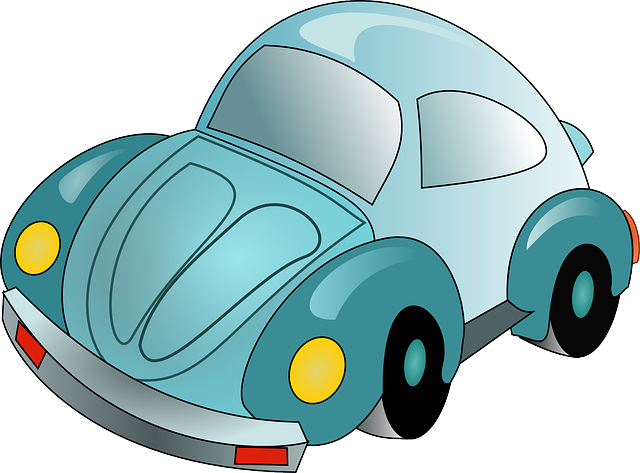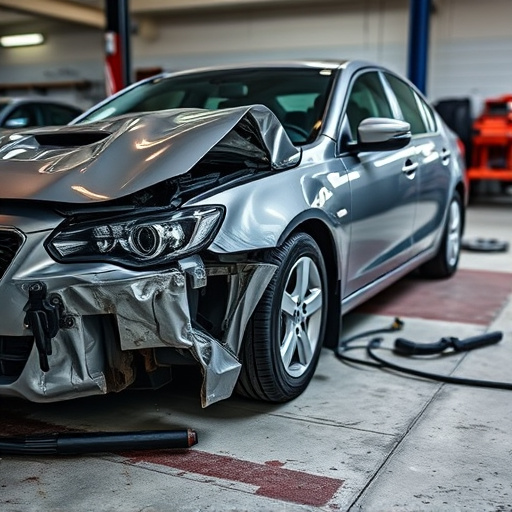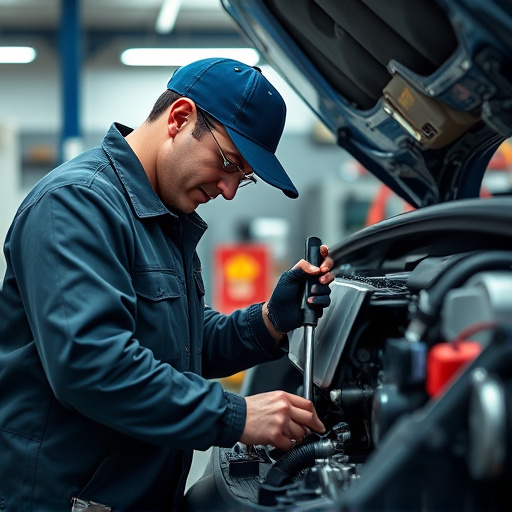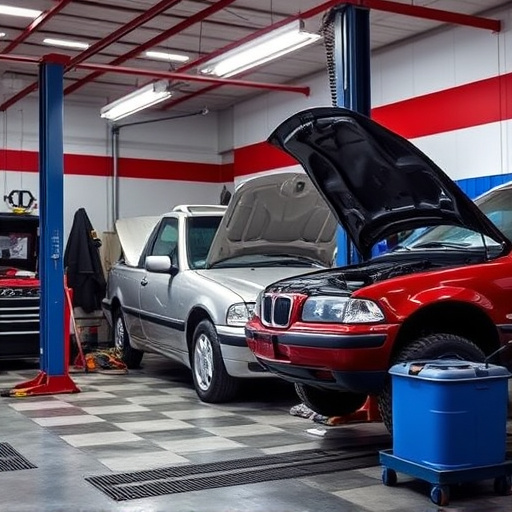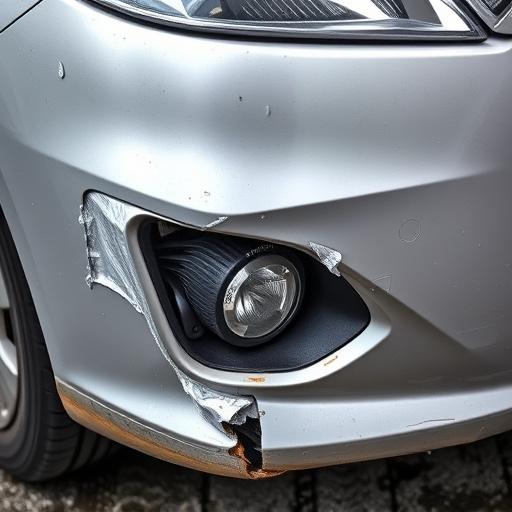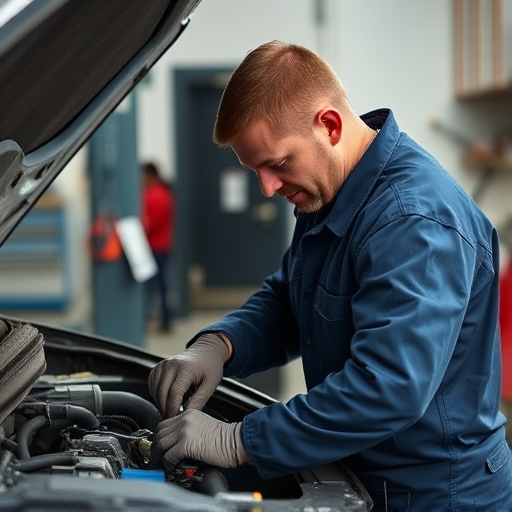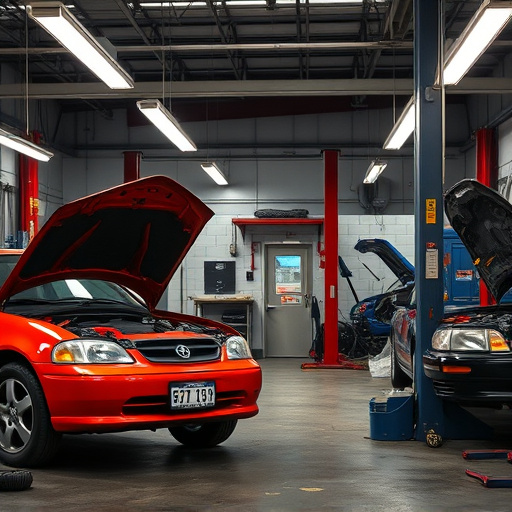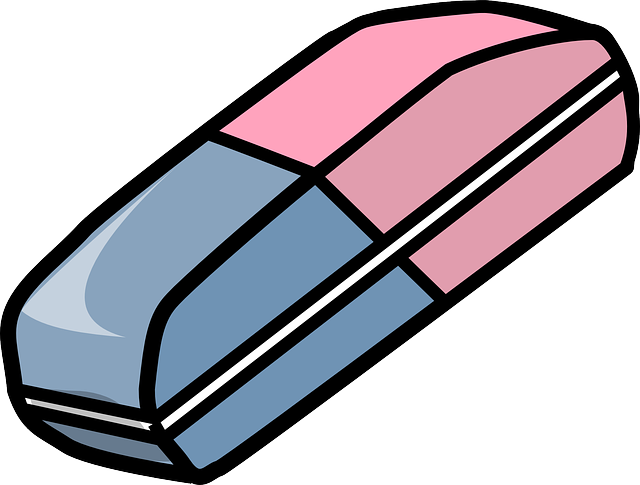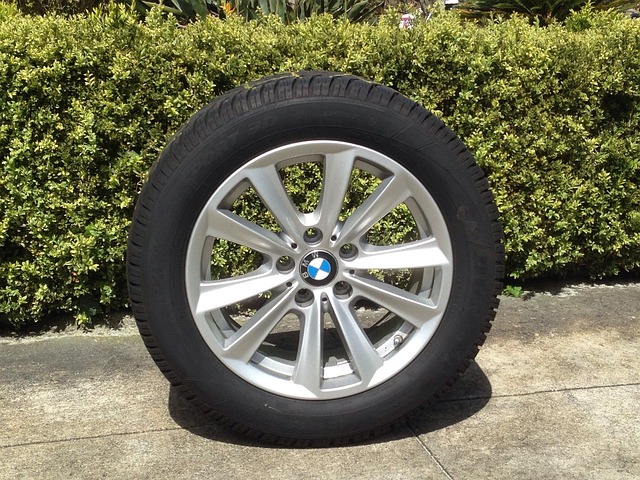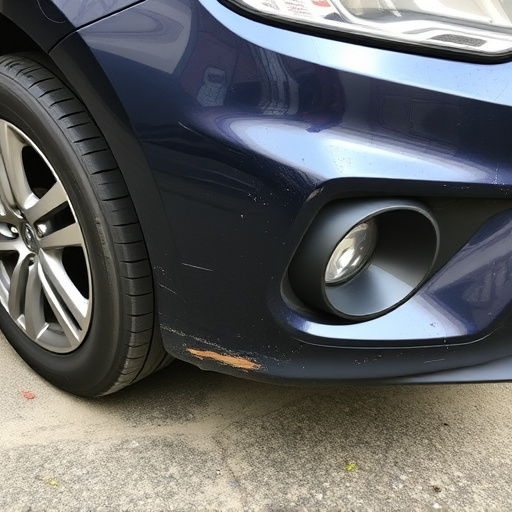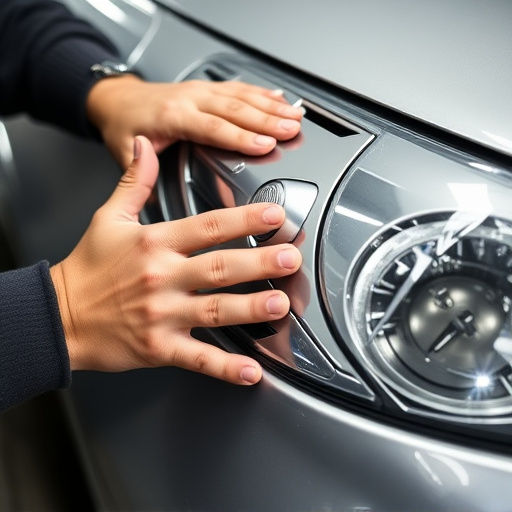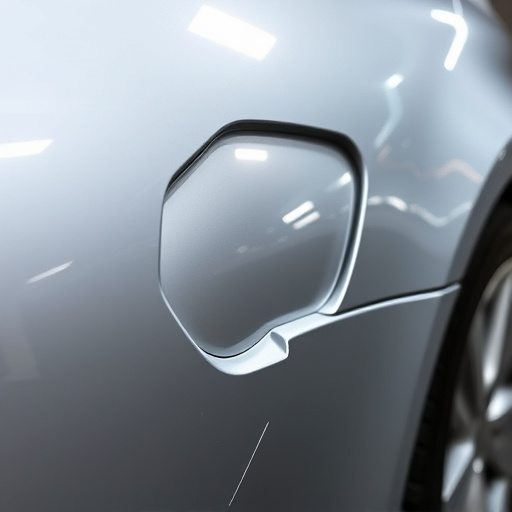Computerized diagnostics repair transforms auto body work by using advanced tools and software for precise damage assessment, leading to faster turnarounds, enhanced accuracy, and improved repair quality. This method empowers informed decision-making through detailed reporting, increasing customer satisfaction and vehicle performance. To maximize benefits, users should understand their vehicle's systems and engage with mechanics about updated diagnostic tools. Outdated software or exclusive reliance on digital tools can lead to inaccurate results; visual inspections and mechanical assessments remain crucial for comprehensive troubleshooting.
Unleash the power of your vehicle with Computerized Diagnostics Repair (CDR). This modern technology offers a deeper understanding of your car’s inner workings. In this comprehensive guide, we’ll show you how to maximize CDR’s potential. From comprehending its fundamentals to avoiding common pitfalls, we equip tech-savvy users with practical steps for reliable results. Discover the benefits of efficient repairs and enhanced vehicle performance through effective utilization of CDR.
- Understanding Computerized Diagnostics Repair: Unlocking the Potential of Modern Technology
- Steps to Maximize Benefits: A Practical Guide for Tech-Savvy Users
- Common Pitfalls and How to Avoid Them: Ensuring Reliable Results from Your Vehicle's Diagnostic System
Understanding Computerized Diagnostics Repair: Unlocking the Potential of Modern Technology
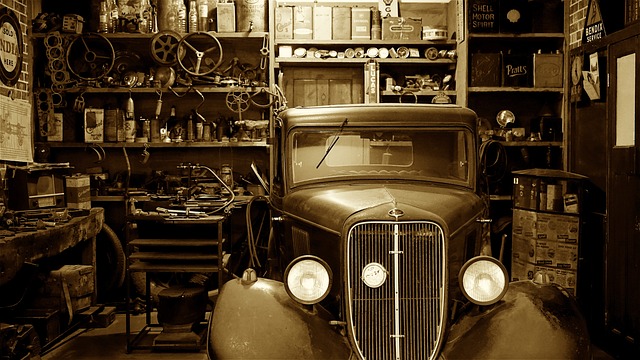
Computerized diagnostics repair is a modern technology that has revolutionized the automotive industry, transforming how we approach vehicle collision repair and auto body work. This innovative process involves specialized tools and software to accurately diagnose and assess damage to vehicles, ensuring every component is considered. By leveraging computerized diagnostics, technicians can uncover hidden issues that might go unnoticed during manual inspections, thereby enhancing the overall quality of repairs.
This advanced system offers numerous benefits, including faster turnaround times, precise measurements, and improved accuracy. It plays a pivotal role in vehicle restoration by providing detailed reports that help in making informed decisions. With computerized diagnostics, auto body work becomes more efficient, reliable, and tailored to each vehicle’s unique needs, ultimately leading to better performance and increased customer satisfaction.
Steps to Maximize Benefits: A Practical Guide for Tech-Savvy Users

For tech-savvy users looking to maximize the benefits of computerized diagnostics repair, the first step is to ensure comprehensive understanding of your vehicle’s systems. Take time to familiarize yourself with the various sensors and modules that make up your car’s computer network. This knowledge will enable you to interpret diagnostic codes more effectively during repairs. Regularly schedule updates and checks at a reputable vehicle body shop or car body shop, even for minor issues, as this can help prevent significant problems from arising later.
Next, utilize the advanced tools provided by computerized diagnostics systems. These tools offer precise measurements and data, allowing you to make informed decisions about repairs. Engage actively with your mechanic to understand their findings and recommendations. By staying involved in the process, you’ll be better equipped to choose the right vehicle body repair solutions for your needs, ultimately extending your vehicle’s lifespan and enhancing its performance.
Common Pitfalls and How to Avoid Them: Ensuring Reliable Results from Your Vehicle's Diagnostic System

When utilizing computerized diagnostics for vehicle repairs, several common pitfalls can lead to inaccurate or unreliable results. One major issue is using outdated software or failing to update it regularly. Diagnostic systems evolve rapidly, and obsolete software may not recognize newer vehicle models or display incorrect error codes. Always ensure your repair shop keeps their software up-to-date to get the most accurate readings.
Another pitfall is relying solely on diagnostic tools without considering other factors. While these tools are essential, visual inspections, mechanical assessments, and a thorough understanding of the vehicle’s history remain crucial. Avoid assuming that a computer code indicates the sole problem; sometimes, further investigation reveals different issues, such as faulty sensors or electrical connections, which require separate attention, including services like frame straightening or even vehicle paint repair if damage is present.
Computerized diagnostics repair is a game-changer in modern vehicle maintenance, offering precise insights into your car’s health. By understanding how this technology works and implementing practical steps, such as regular updates and clear communication with mechanics, you can maximize its benefits. Avoiding common pitfalls, like ignoring warning lights or using untrusted diagnostic tools, ensures reliable results and prolongs your vehicle’s lifespan. Embracing the potential of computerized diagnostics repair equips you to make informed decisions about your car’s care, ultimately enhancing safety and efficiency on the road.
